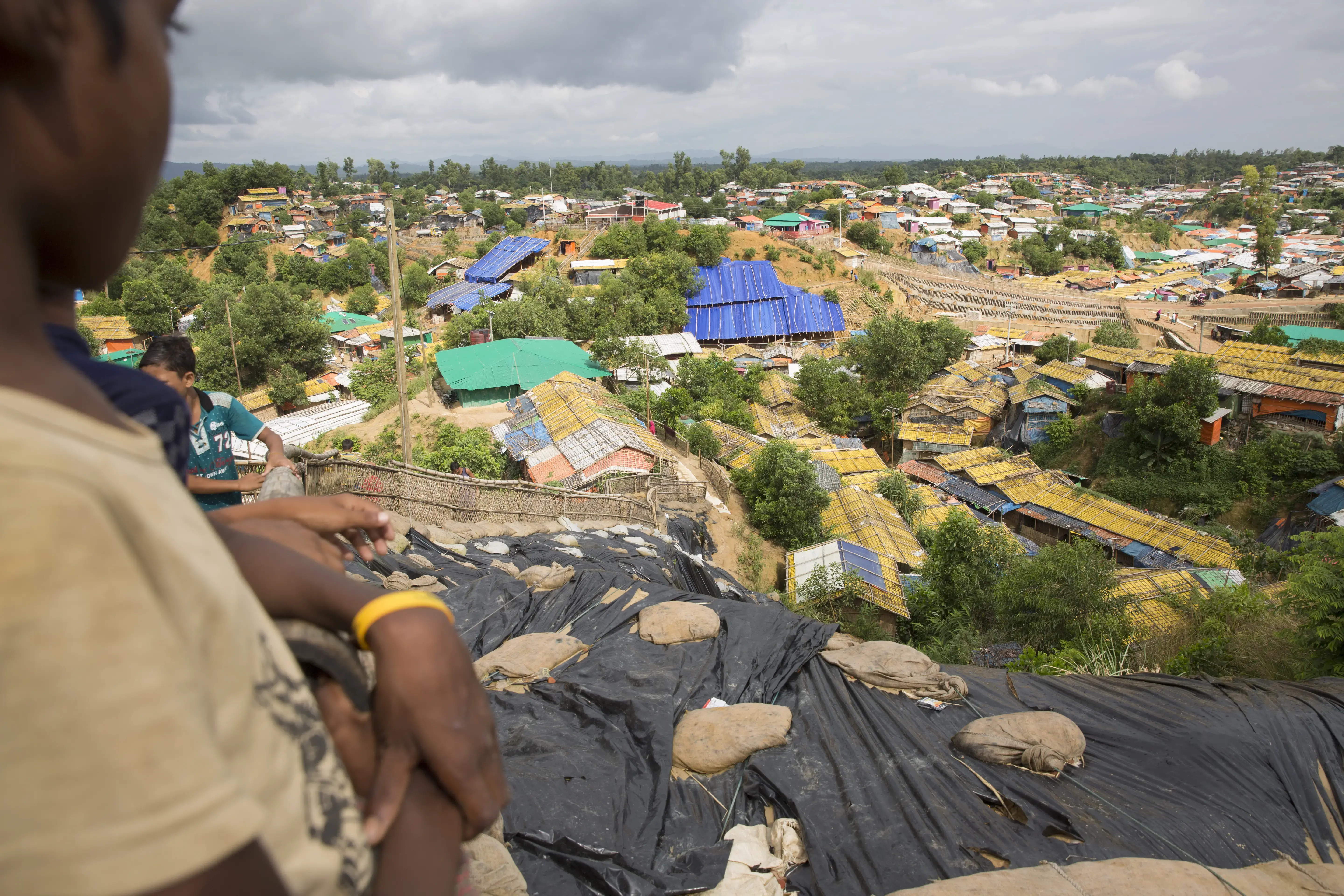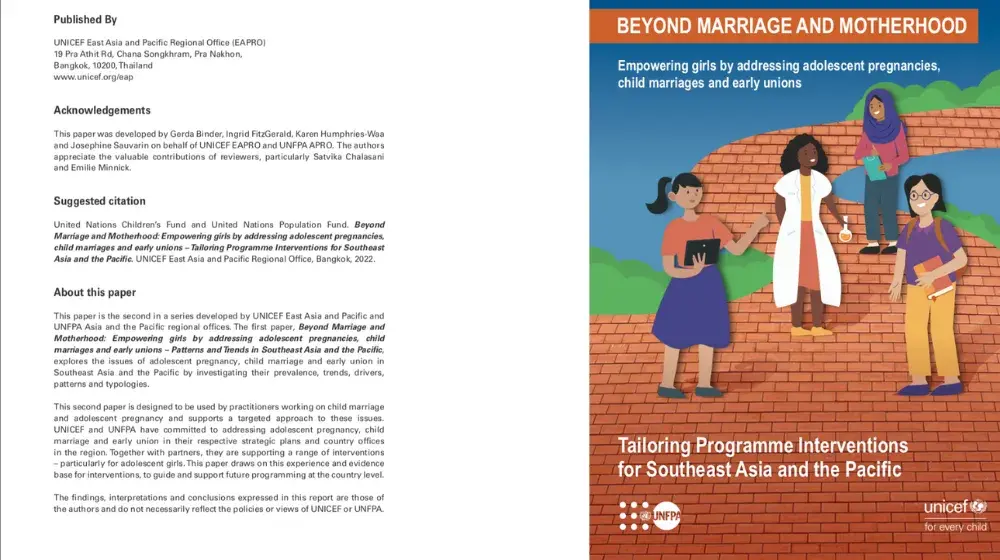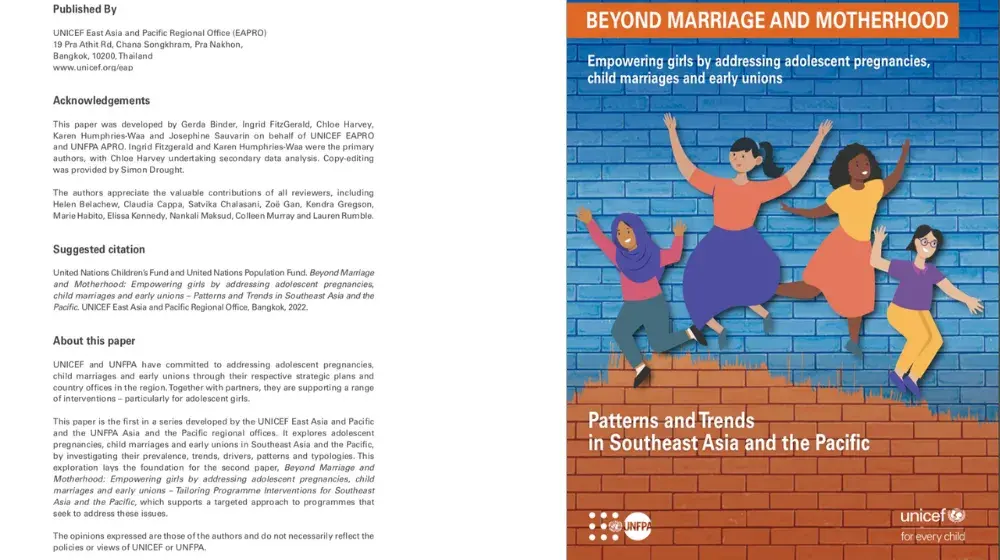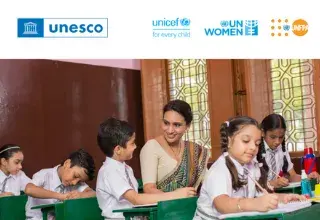“Young people do not have enough opportunities in the camps”
“Young people do not have enough opportunities in the camps”
Md. Ashrafur Rahman works on adolescent and youth programs for UNFPA in Cox’s Bazar in Bangladesh. The goal of the overall project is to deliver meaningful services that engage young Rohingyas living in difficult conditions four years after they fled violence in Myanmar.
“There are not enough empty spaces in the camps for young people where they can play games or football,” Ashrafur says.
He says there are only a few spaces outside the crowded houses that are focused on young people. This makes it harder for them to access the limited services that are available for them. “Young people do not have enough opportunities in the camps,” Ashrafur says. “Only 17% of youth aged 15 to 24 have access to any kind of learning opportunities. Most of them are outside any learning setting or learning opportunities.”
"Only 17% of youth aged 15 to 24 have access to any kind of learning opportunities. Most of them are outside any learning setting or learning opportunities.”
UNFPA sought to close a crucial gap in humanitarian programming for young people in the camps. “There are learning facilities only for 5 to 14 year old,” he says. “After 14, there is nothing in the camps in terms of formal education.”
Ashrafur says young people have a strong interest to be engaged in development initiatives so they can learn skills, earn money and contribute to the household income. He says it is difficult to see young people without a sense of hope. “Most of the young people are not doing anything productive.”
Ashrafur led a program to engage young people in the innovation phases of the humanitarian program cycle. “Even before the design of the program for adolescents and youth in the camps, we had extensive consultations with young people."
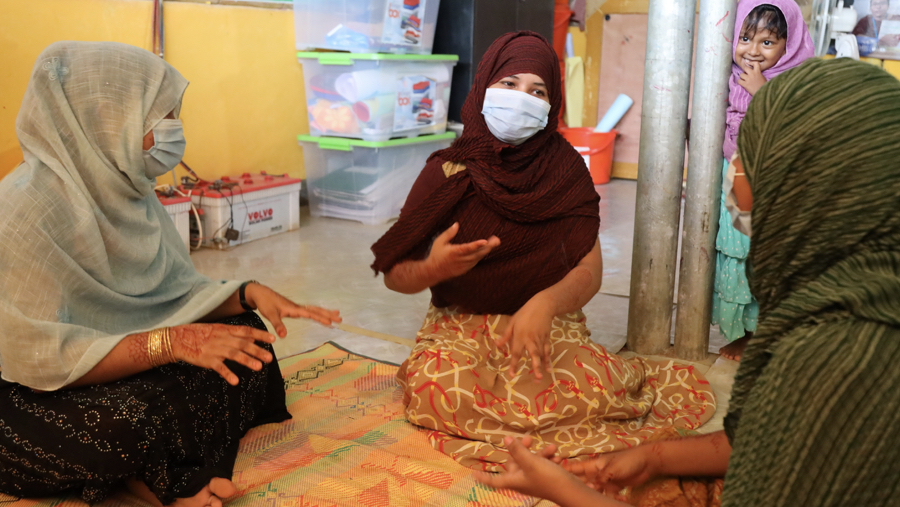
He says the key is focusing on how they want to be engaged with learning opportunities. “What kind of learning opportunities do they want to be engaged in?” Ashrafur asks, “What kind of things do they want to learn from the sessions? What kind of games do they want to be engaged in?”
Extensive consultations with adolescents and youth took place before the beginning of the program. Ashrafur says whatever program they design, it all begins with a need that came from young people. “Young people are engaged in implementation at the frontline level,” Ashrafur says. “They have full control of their program to deliver among their peers in their community.”
“Young people are engaged in implementation at the frontline level. They have full control of their program to deliver among their peers in their community.”
A reason for success was regular meetings with young people where UNFPA staff really listened. “We have a complaint and feedback mechanism so young people can express their opinions, including how we can improve the process."
Ashrafur says they do hear back from young people in the community about relief items UNFPA distributed. “We decided to distribute radios because of the pandemic and the inputs from young people. There were a lot of restrictions in the camps so the radios helped young people stay connected to access learning sessions.”
Radio programs (episodes) were originally developed under the national development program. The project helped contextualize, adapt and translate the recorded version of the radio episodes on issues around life skills. The project now broadcasts regular live radio sessions in the camps. Because of weak radio signal, young people also have access to offline versions of the content on memory cards. “It is not limited to personal learning,” says Ashrafur. “Young people can attend sessions with their peers, with their parents and with their siblings.”
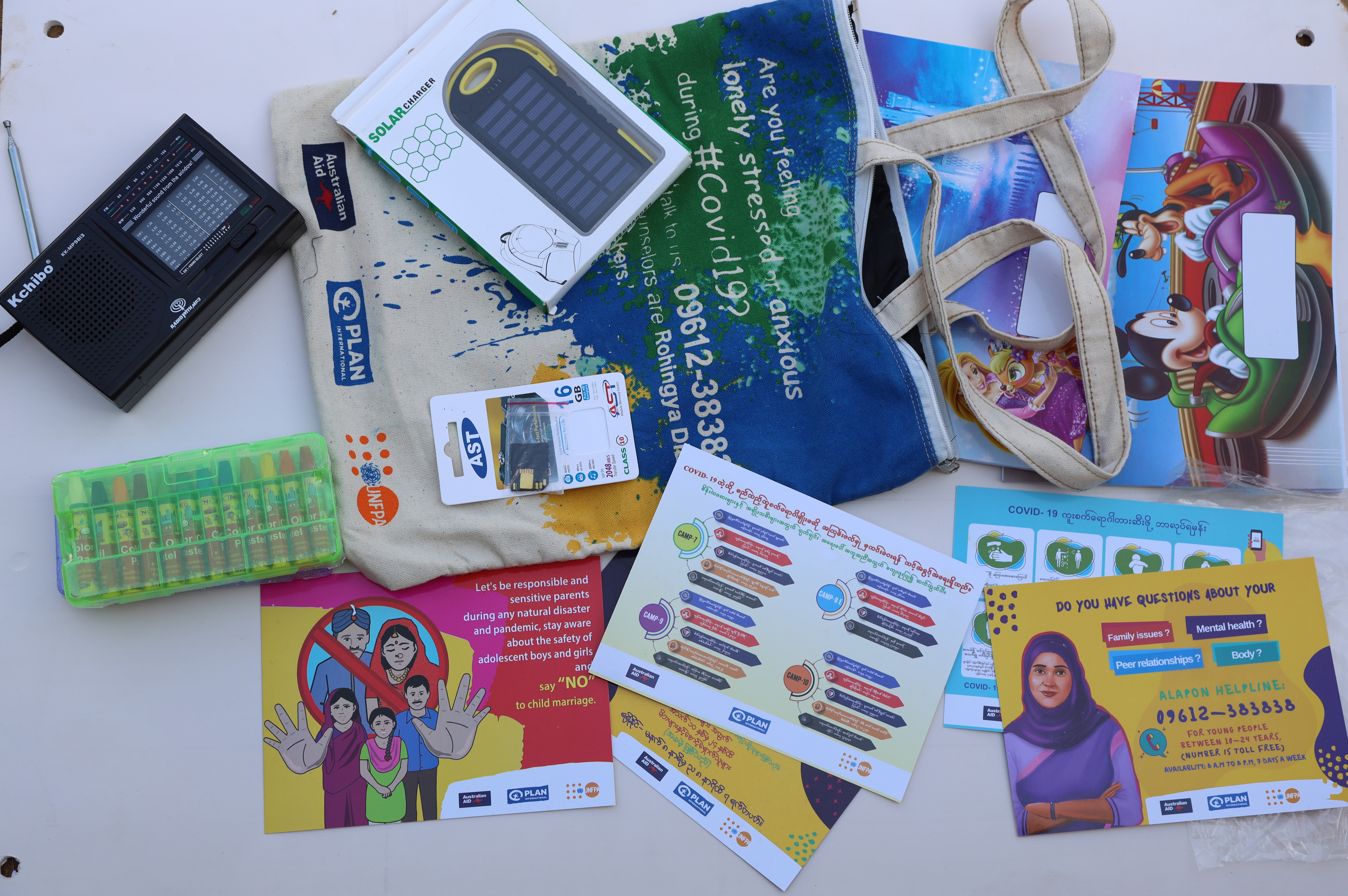
Ashrafur says not all the young people can read and everyone is at different literacy levels. The team developed flashcards that are interactive with lots of illustrations to make them engaging and easy to understand.
The cards present a range of challenges young people face with mental health, physical health and family issues. Each card provides contact information so young people can seek help and appropriate services. Ashrafur says the cards also serve long-term behavior change goals in the camps. “There is one flashcard on child marriage. We want young people to know that girls and boys do not need to get married before the age of 18 and 21 respectively.”
Ashrafur says the cards have useful information for both young people and for caregivers as it is trying to foster a whole-community approach to creating safe places for young people to thrive, even in the refugee camps.
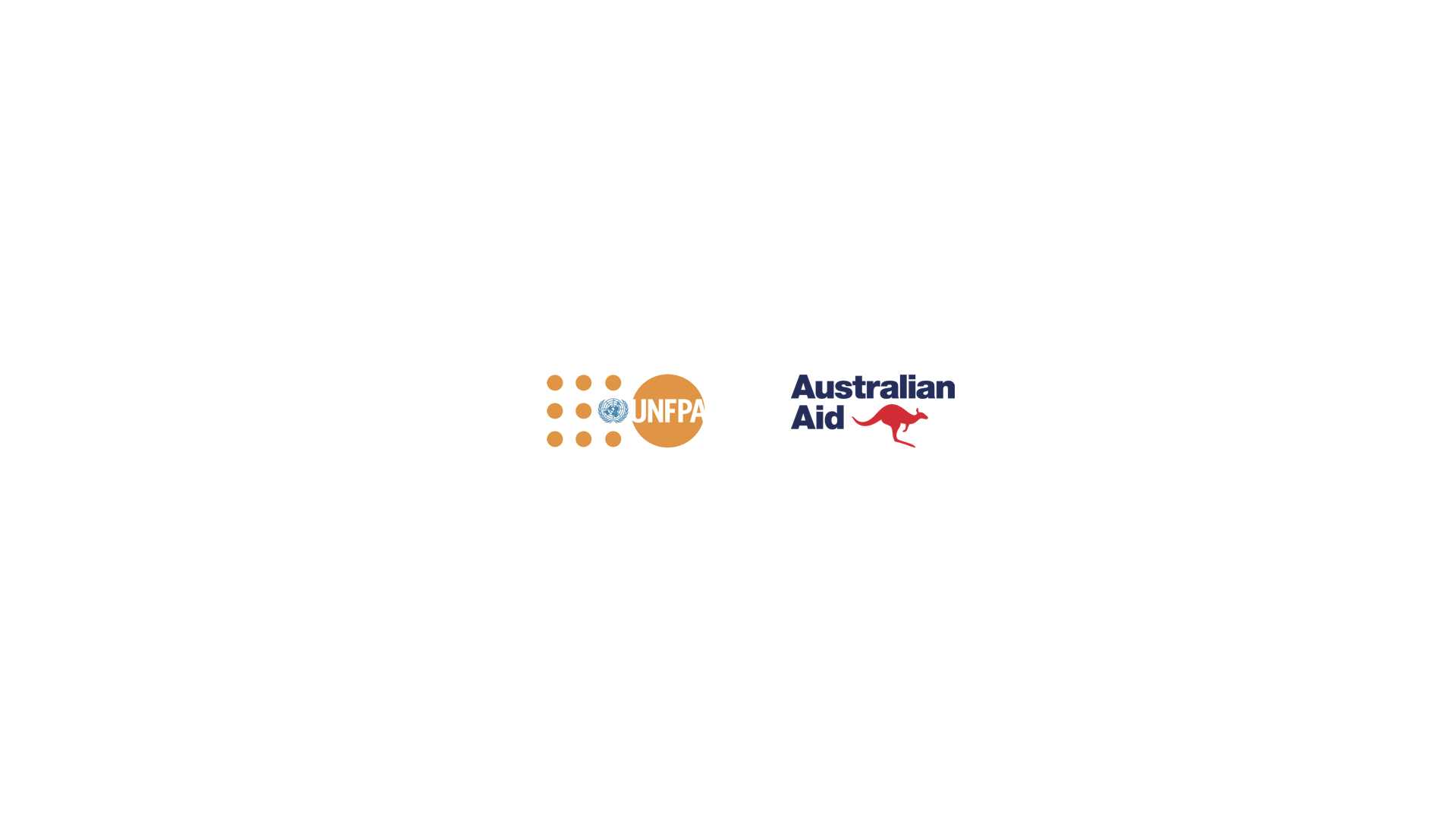
This work was made possible through funding from the Government of Australia, Department of Foreign Affairs and Trade (DFAT) in support of a regional COVID-19 project implemented by UNFPA and partners.

